Controlling a process in any machine or system has always been a fantasy for engineers. Thanks to the advent of technology, many controllers have been developed to control a process flexibly and reliably.
With controllers, there are two general types that are widely used in many processes, from small scale to large scale. They are microcontrollers and PLCs. They can do every operation, ranging from small calculations to complex algorithms, logic performance, and data processing. This makes the task easier by automating the process.
In this post, we will see the difference between microcontroller and PLC.
What is a Microcontroller?
Let us understand the basics first. You have one push button and one lamp. You are asked to turn the lamp on after 5 seconds of pressing the push button. From these, what do we require to execute this task? You will require one input (push button), one output (lamp), one controller to execute this task (processor type), one power supply to power the circuits, and one memory to store this logic and the status of inputs and outputs. This, when combined in a single package, makes a microcontroller.
In short, a microcontroller is a type of small computer that takes physical inputs, processes the logic according to them, and turns on or off the physical outputs. It is a small chip-type device that embeds all these circuits in it, like a small package, and does all the processing and controlling work.
A microcontroller will handle a small number of inputs and outputs. For example, consider a small display circuit like LED or LCD mounted on a handheld device. If you press a push button on it, it will display the corresponding number on the display.
And when you press another push button, it will show some other number written according to the logic inside the processor. This means it was first programmed to show a number, and then by pressing the second button, a calculated number would be shown. All these calculations, storage handling of variables, and IO processing are done inside this microcontroller chip.
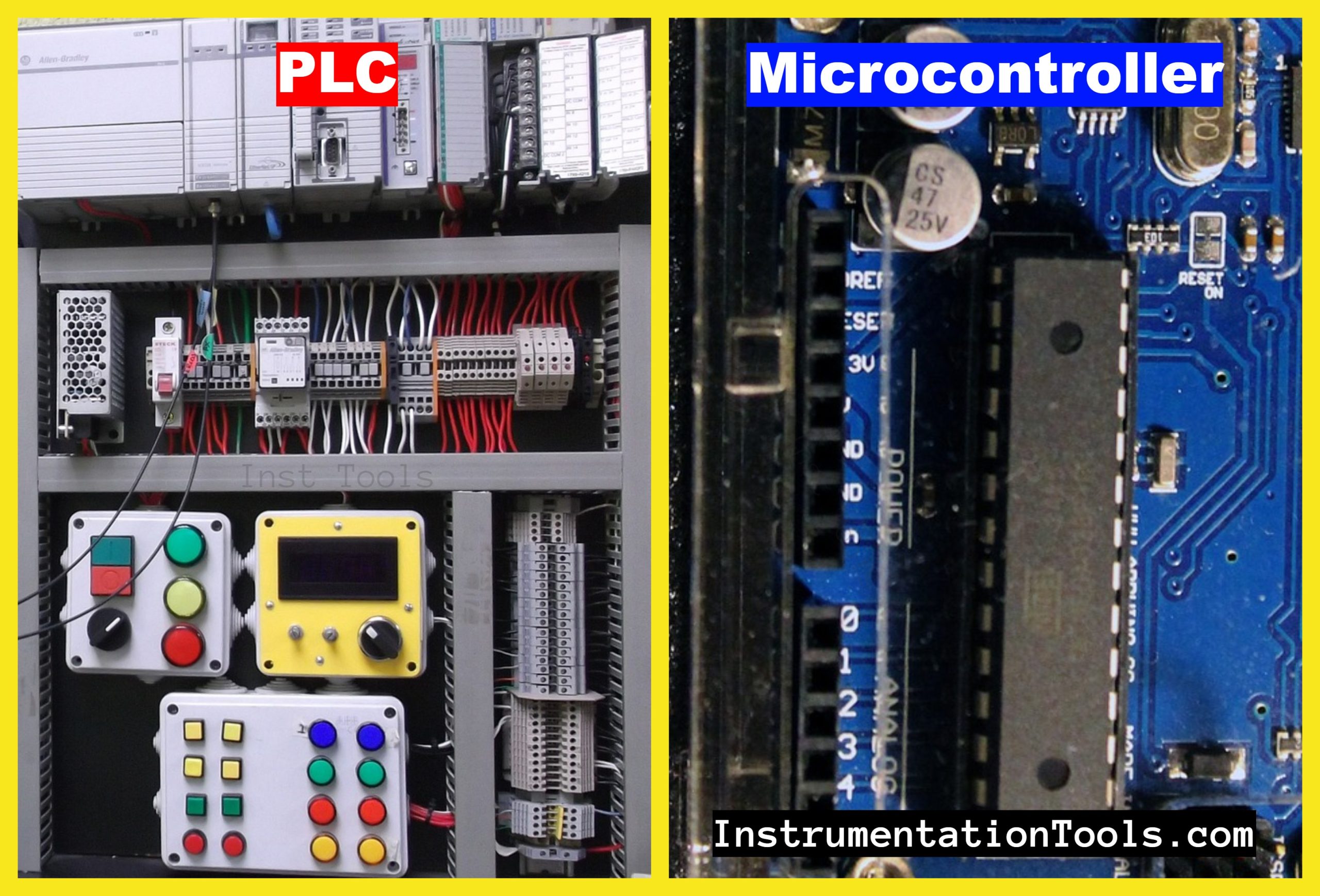
What is a PLC?
Let us go ahead to some higher level of processing. You have 50 number of sensors, either 4-20 mA or thermocouple types. You have 20 different types of outputs, either 0-10V DC actuators or relay outputs. You have been assigned the same task to accept inputs and control outputs according to the logic written in it.
All the same components of IO’s, power supply, processor, and memory will be required. But, you can see all these IO boards/pins with memory and processor cannot be embedded on a small single chip. This is when PLC comes into the picture. PLC is basically an extension of the microcontroller. It is a cabinet-box-type device that has IO boards, memory, and a processor; all interfaced with each other on different chips. All these chips make a single PLC cabinet.
The IO’s can be of different types, ranging from simple digital signals to complex analog signals. They have special communication boards, which can communicate with real-life protocols like Ethernet, Modbus, CAN Open, Profibus, Profinet, etc.
Microcontrollers too have communication boards, but they are of small interfaces and limited connectivity.
The IO modules are either embedded in the main PLC or connected to remote modules through communication. This easily allows for the expansion of IOs. Various high-grade industrial sensors and actuators can be easily interfaced with PLC.
Difference between Microcontroller and PLC
Now that we have understood their meaning, let us have a look at their differences:
- In the definition only, we got to know that a PLC can handle a large number of processes and cycles. That is why, it is best used for industrial applications. Microcontrollers cannot cater to a large number of IOs with complex wiring and communication requirements. It is best suitable for small-scale applications.
- Signal processing is much more flexible in PLC as compared to a microcontroller. This means, analog to digital conversion, high-speed counter inputs, and outputs are more easily configured in a PLC than in a microcontroller.
- Microcontrollers are cheaper in price than PLC, due to the limited amount of features it provides.
- The main advantage of PLC is its ruggedness and stability. With a very high temperature and environmental stubbornness, it is the best suitable product for critical, risky, and harsh environments.
- PLC can be much better prone to electromagnetic noise and such other types, than a microcontroller.
- Programming is very easier in PLC than in a microcontroller. Microcontrollers use complex software like C and C++ for programming, which is much easier in a PLC as it has languages that easily co-relate to an electrical drawing understanding.
- Microcontrollers require knowledge of embedded systems, VLSI, and software to design it, whereas PLC programmers require knowledge of industrial automation, instrumentation, and networking to design it.
If you liked this article, then please subscribe to our YouTube Channel for Instrumentation, Electrical, PLC, and SCADA video tutorials.
You can also follow us on Facebook and Twitter to receive daily updates.
Read Next:
- Top Automation Vendors in World
- PLC Cold Standby and Hot Standby
- Modbus Driver for SCADA System
- Timers in Siemens PLC Programming
- Comparison of PNP and NPN Sensors
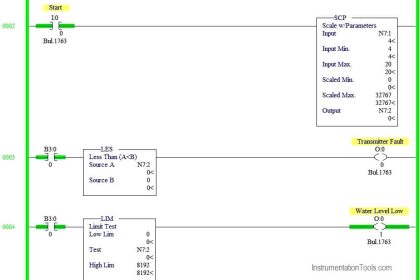

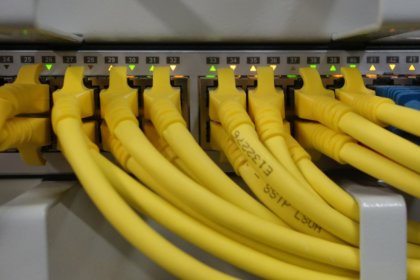


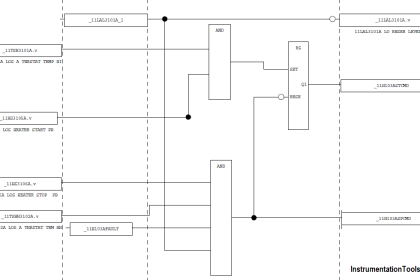
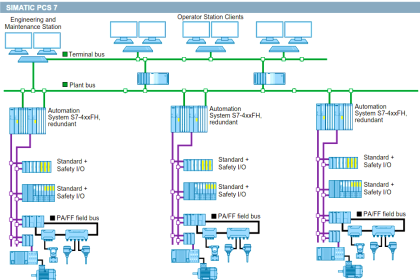
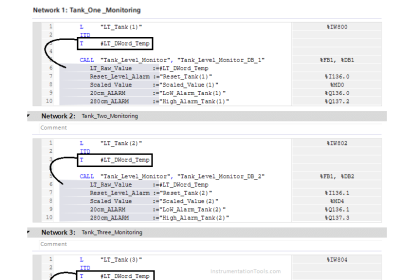
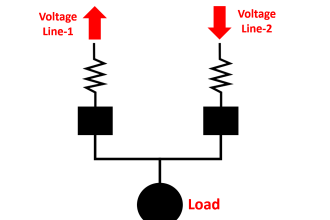
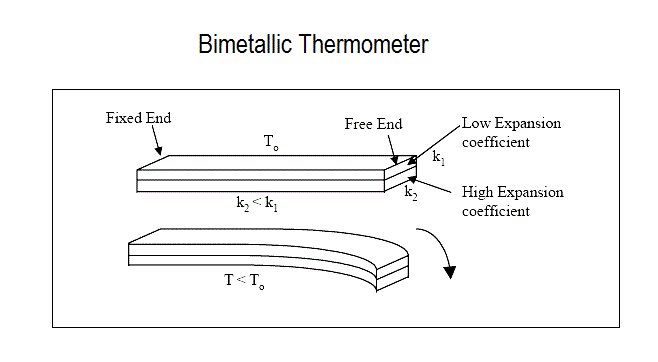
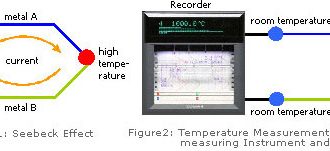
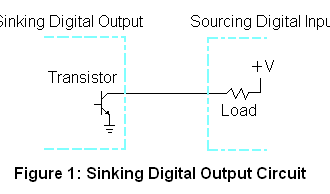
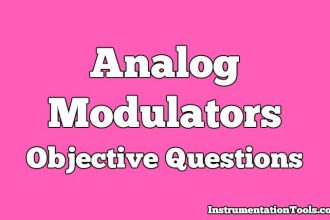
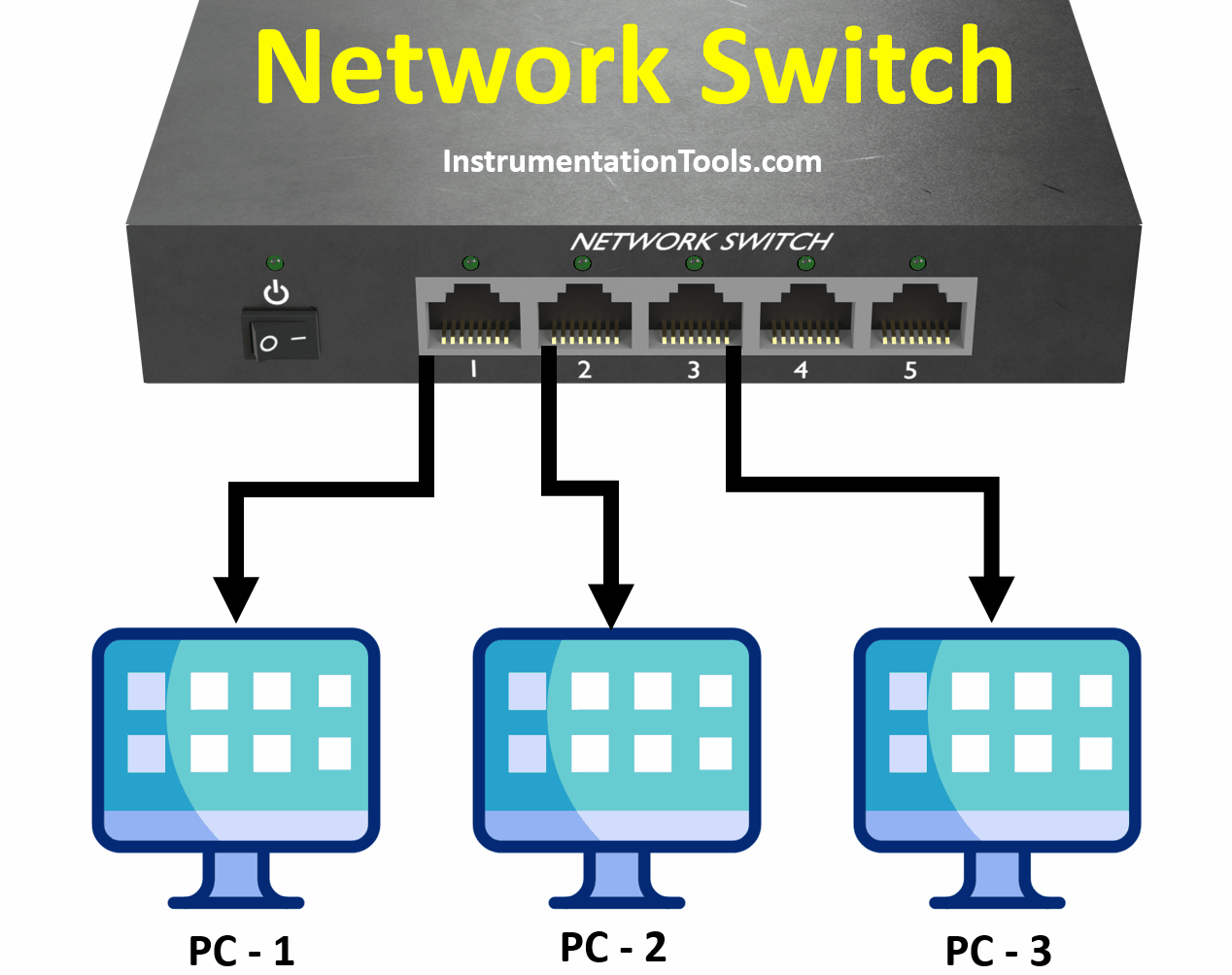



I think the cpu of PLC and IO card consist of microcontroller.